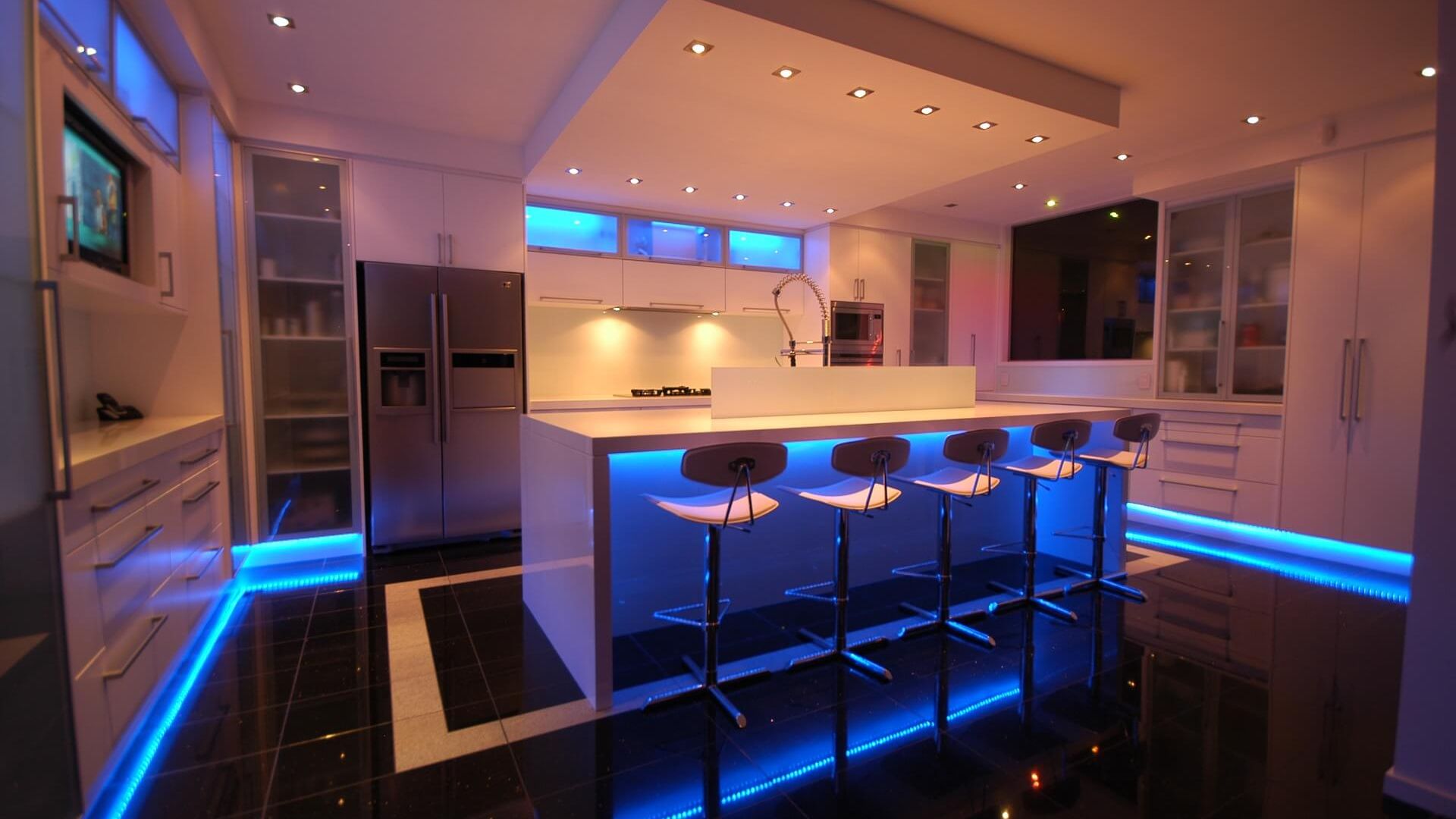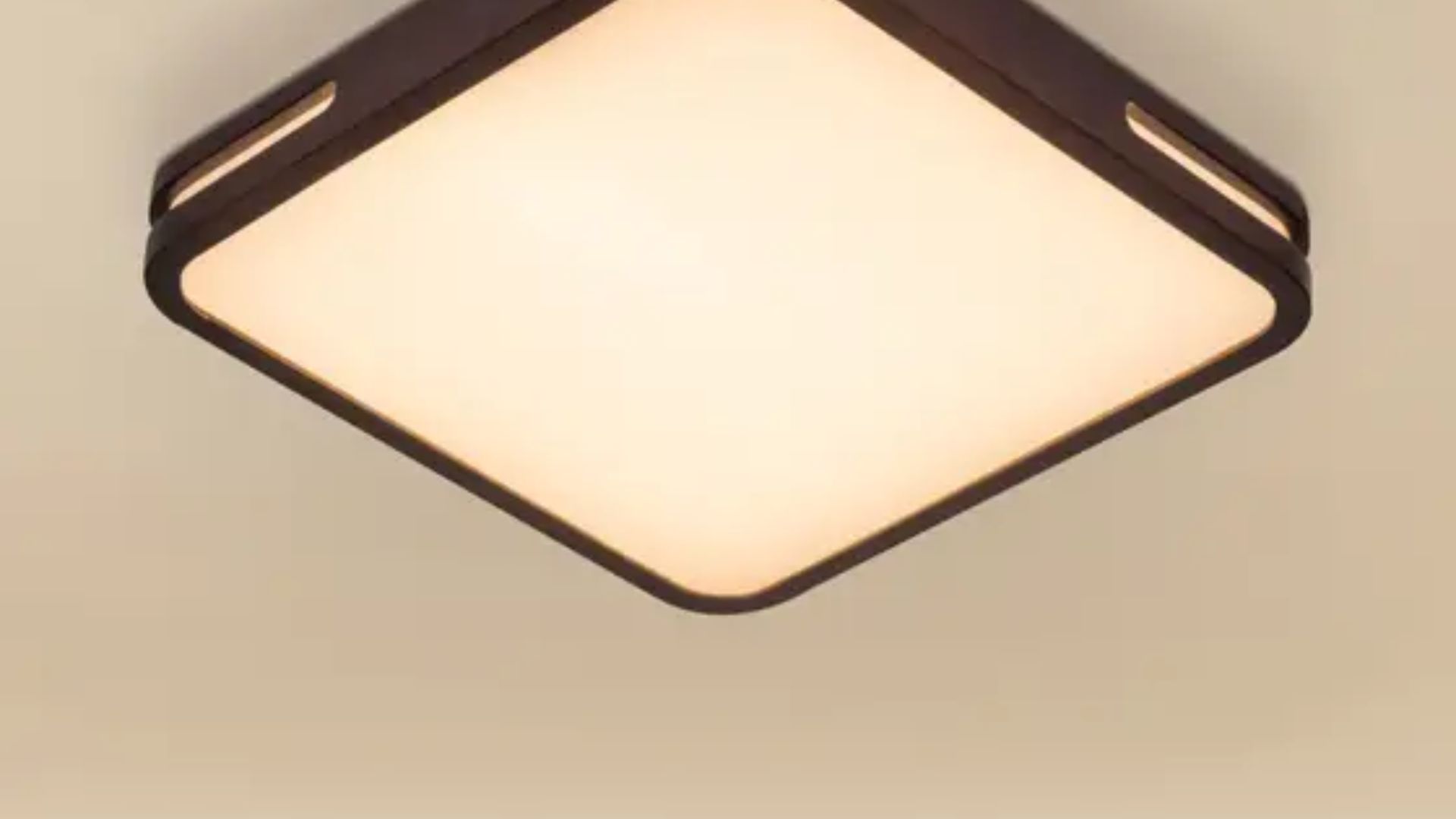In today’s world, LED lighting is no longer just an option — it’s a necessity. LEDs have taken center stage due to their energy efficiency, longevity, and environmental benefits. However, while the technology itself is sound, choosing the right LED light suppliers is just as important as selecting the product. A poor choice in supplier can lead to costly, inefficient, and even dangerous consequences.
In this blog, we’ll explore the potential risks of choosing the wrong suppliers and how it can affect your project, budget, and long-term lighting performance.
-
Compromised Product Quality
One of the most immediate and significant risks of working with unreliable suppliers is receiving substandard products.
- Inferior Components: Poor-quality LEDs often use cheap drivers, low-grade chips, and subpar housing materials. These components deteriorate quickly and compromise light output.
- Short Lifespan: LEDs are known for their long life, but low-quality products may burn out much sooner than expected, leading to frequent replacements.
- Inconsistent Lighting: Bad suppliers may offer lights with flickering, uneven brightness, or color shifts that affect visibility and aesthetics.
This results in not just poor lighting but also reduced safety, productivity, and customer satisfaction — especially in commercial and industrial applications.
-
Higher Energy Consumption
Ironically, one of the main reasons people switch to LED lighting is to save energy. But if your supplier provides inefficient LED solutions, the opposite may happen.
- False Efficiency Claims: Some suppliers exaggerate their product specifications, promising more lumens per watt than the lights can actually deliver.
- Overheating and Power Drain: Poor heat dissipation and bad circuit design can lead to power waste, defeating the purpose of LED efficiency.
Over time, this can lead to unexpectedly high electricity bills, especially in large-scale applications like warehouses or office complexes.
-
Lack of Compliance and Safety Standards
Not all suppliers follow industry regulations or offer products that meet safety certifications.
- Fire Hazards: Non-compliant LEDs can overheat and pose a fire risk due to faulty wiring or enclosures.
- Electrical Failures: Poor insulation, substandard components, and lack of surge protection can cause electrical failures.
- No Certifications: Reputable products often carry certifications such as CE, RoHS, or UL. Lack of these indicates a potential risk.
Choosing a supplier who overlooks these critical safety standards can endanger lives and lead to legal or insurance complications.
-
Limited Product Range and Customization
Every lighting project has specific needs — whether it’s color temperature, wattage, beam angle, or mounting options. Unreliable suppliers often have a very limited selection.
- Inflexibility: They may not be able to offer tailored lighting solutions for unique environments like hazardous zones, outdoor weather exposure, or architectural lighting.
- Lack of Technical Support: Without proper guidance, customers may end up using incorrect lights for their application, leading to inefficient performance or early failure.
Good suppliers work with clients to design solutions that meet both technical and aesthetic requirements — a service you won’t get with less experienced or poorly equipped vendors.
-
Inadequate Warranty and After-Sales Support
A trustworthy supplier will stand by their products. Unfortunately, many substandard suppliers don’t.
- No Warranty or Short Terms: Some suppliers provide little to no warranty, or terms that are vague and unenforceable.
- Poor Response Times: When issues arise, such suppliers may be slow to respond, or worse, unresponsive.
- No Spare Parts or Maintenance Plans: Lack of long-term support can turn even small technical issues into costly problems.
Without a reliable after-sales service, businesses may face disruptions and financial losses when lights fail prematurely.
-
Negative Impact on Brand Image or Business Reputation
If you’re running a business — whether a retail store, hotel, or office — lighting plays a crucial role in setting ambiance and functionality.
- Bad Lighting Equals Bad Impressions: Flickering or dim lighting can make a space feel unprofessional or unwelcoming.
- Frequent Breakdowns: Constant repairs or replacements can disrupt operations and damage customer trust.
- Low Sustainability Standards: If your LED systems aren’t energy-efficient or eco-friendly as claimed, it could harm your sustainability credentials.
Your lighting reflects your brand. Choosing the wrong supplier risks compromising that image.
-
Delays in Project Timelines
Time is money. Unreliable suppliers may deliver late or fail to meet project deadlines.
- Logistical Problems: They may have poor inventory management or weak supplier networks.
- Lack of Transparency: You might not be informed of product availability or production delays until it’s too late.
This is especially detrimental for time-sensitive installations like retail openings, office renovations, or infrastructure upgrades.
In Conclusion
Choosing the right LED light suppliers is not just about price — it’s about performance, safety, reliability, and long-term value. A poor decision can lead to operational inefficiencies, financial losses, and even reputational damage.
Prolux International LLC stands out as a trusted provider of high-performance LED lighting solutions, offering certified products, custom designs, and unmatched after-sales support — ensuring your project is always in safe and capable hands.






